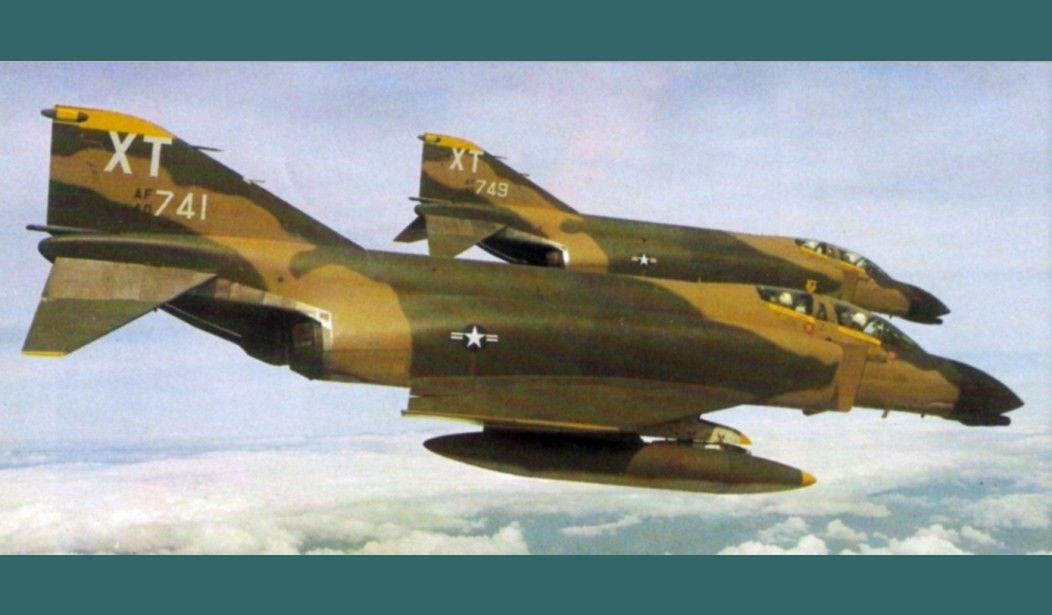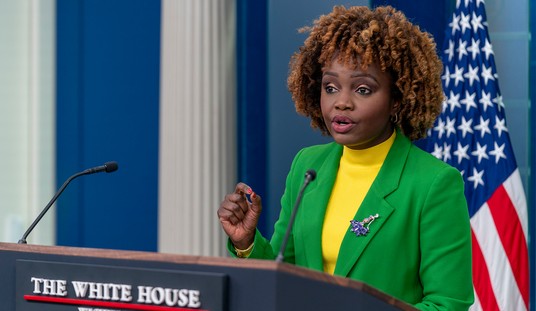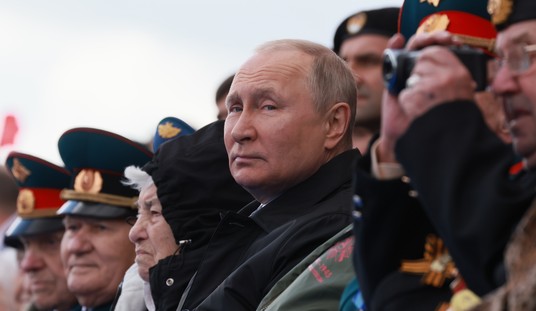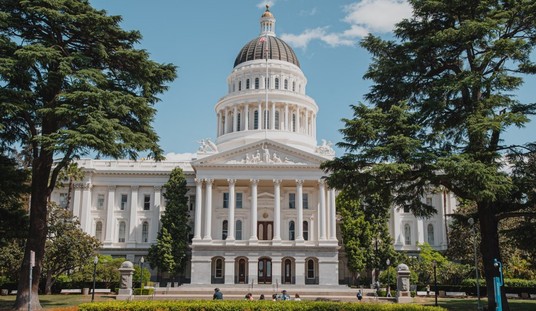U.S. Air Force veteran Bob Pardo, who rose to the rank of Lieutenant Colonel and served in the Vietnam War and the Cold War, passed at 89 on Dec. 5. He was famous for the unorthodox and extremely dangerous maneuver he used to save his fellow airmen when their plane began leaking fuel after taking fire over enemy territory.
Pardo knew that if the other crew ejected, they would quickly be captured or perhaps killed, so he took extraordinary measures – he literally used his own plane to push the damaged one into safer territory.
It all went down on March 10, 1967, when Pardo and his First Weapons officer were flying their F-4C Phantom on a bombing run north of Hanoi. It was like a Top Gun movie -- yet it was real life:
“I knew if I didn’t do anything, they would have to eject over North Vietnam into enemy territory, and that would have resulted in their capture for sure,” Pardo said in a 2015 interview for the Air Force Veterans in Blue program. “At that time, if you were captured by civilians, you were probably going to be murdered on the spot.”
Pardo decided to push Aman’s plane using the nose of his aircraft against Aman’s tailhook, a retractable hook on the underside of the plane used for arrested landings.
He managed to decrease the rate of descent of Aman’s jet by 1,500 feet per minute, and they successfully reached friendly territory. Both air crews safely ejected over the Laotian border and were rescued by friendly forces.
Bob Pardo, who left his mark in Air Force history for using an unorthodox maneuver, Pardo’s Push, to save his wingmen’s lives during a bombing mission over Vietnam, died Dec. 5. He was 89. https://t.co/dyi9OJmFSy
— Stars and Stripes (@starsandstripes) December 13, 2023
Unbelievably, the Air Force at first reprimanded Pardo for further damaging his aircraft and wanted to court martial him. It wasn't until twenty years later that they came to their senses and awarded him the Silver Star for his heroism.
“I’m just like any other fighter pilot,” Pardo said years later. “I just got lucky for a day and did something that hadn’t been done.”
The maneuver is considered "the most famous maneuver in US Air Force history, that will live on in military lore." It also inspired a 1986 painting that hangs in many AF offices:
Not only did the episode inspire a painting, it still inspires a "new generation of air warriors":
“For us as fighter pilots now, Lt. Col. Pardo stands as a sterling example of exactly what we should aspire to,” said Maj. John Powers, 310th Fighter Squadron weapons officer. “Throughout his career, and especially in combat, his ingenuity, his dedication to his comrades, and his dedication to his job and service to this country are things we aspire to every day.”
Pardo had a distinguished career serving 20 years in the Air Force from 1954-1974:
Pardo was born in 1934 in Herne, Texas, and began his Air Force career in 1954 at age 19. After flight school, he flew the Phantom during the Vietnam War, logging 132 flying missions.
He retired as a lieutenant colonel in 1974. In addition to the Silver Star, his awards include the Distinguished Flying Cross with Oak Leaf Cluster, Purple Heart, Air Medal with twelve Oak Leaf Clusters and the Meritorious Service Medal.
Pardo is survived by his wife, Kathryn, whom he married on March 7, 1992, five children and 10 grandchildren.
Pardo may have passed, but his legendary feat lives on. Watch him describe it in his own words:
A hero.













Join the conversation as a VIP Member